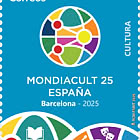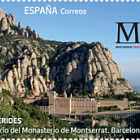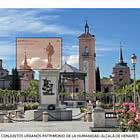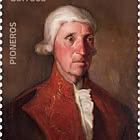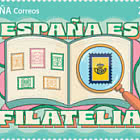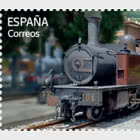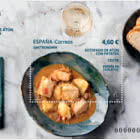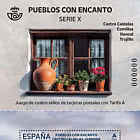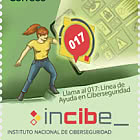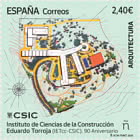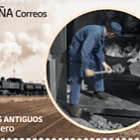Santiago Ramón y Cajal (1852-1934), winner of the Nobel Prize for Medicine in 1906, laid the foundations of modern neuroscience by analysing the structure of the nervous system micron by micron and demonstrating the independence of the nerve cell, the basis of neuronal theory. He was a professor in Valencia, Barcelona and Madrid, and in his work Rules and advice on scientific research he stated: "The purest glory of the master consists, not in training disciples who follow him, but in training wise men who surpass him".
In 1902 he initiated the Spanish Neurohistological School, also known as the Cajal School or Madrid School, which enjoyed great international prestige. Cajal alluded to it and its first followers in his work Recuerdos de mi vida (Memories of my life):
I was always concerned, especially after the State placed in my hands a decent and well-stocked laboratory, to found a genuinely Spanish school of histologists and biologists [...]. I am very pleased to mention my brother, P. Ramón Cajal, F. Tello, N. Achúcarro, Domingo Sánchez, Rodríguez Lafora, Del Río-Hortega, Fernando de Castro and Lorente de Nó. This group of enthusiastic workers have now finished their training and know how to walk alone and succeed in the field of research [...]. They have been my disciples, in the broad sense of the word. They have all lived my life to some extent and shared in my emotions, they have all heard me think, with halting words, during the absorption of attention and in the brief pauses of feverish work.
These pioneers followed in Cajal's wake and became eminent scientists with important lines of research; even Rafael Lorente de Nó and Pío del Río-Hortega were nominated several times for the Nobel Prize.
The British scientist Charles Sherrington, winner of the Nobel Prize for Medicine in 1935, alluded to Cajal and his school: "If ever a scientist created a school, it was Cajal".
With the issue of this sheet Correos pays tribute, within the framework of the Santiago Ramón y Cajal Year of Research, to the illustrious Spanish scientist and to those who were the living pillars of the Spanish Neurohistological School.





